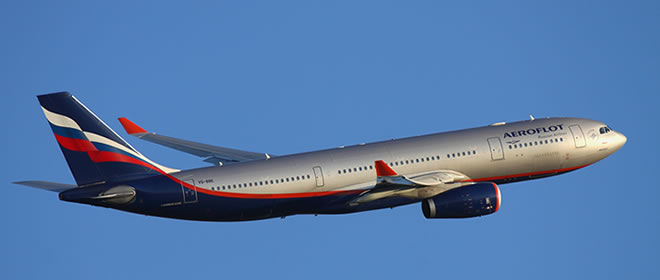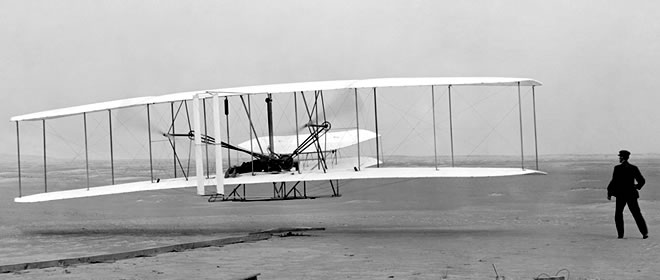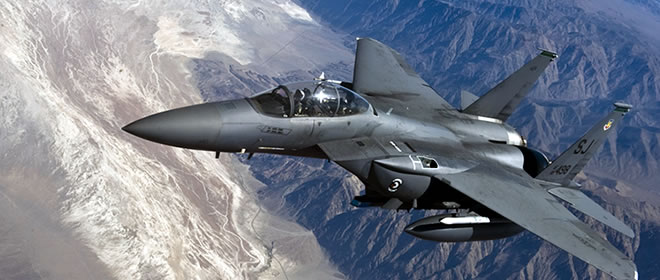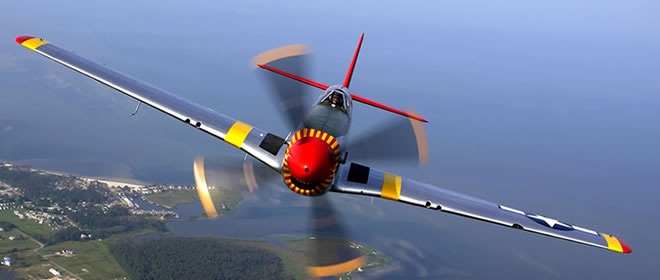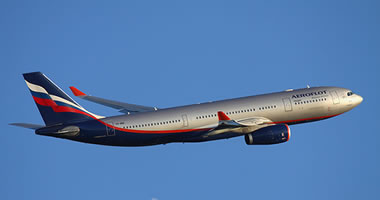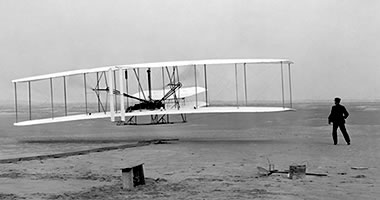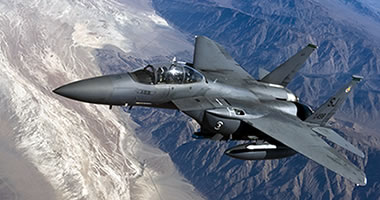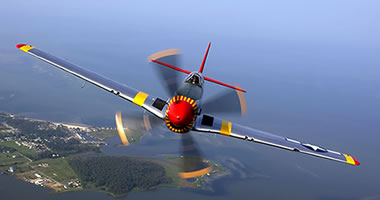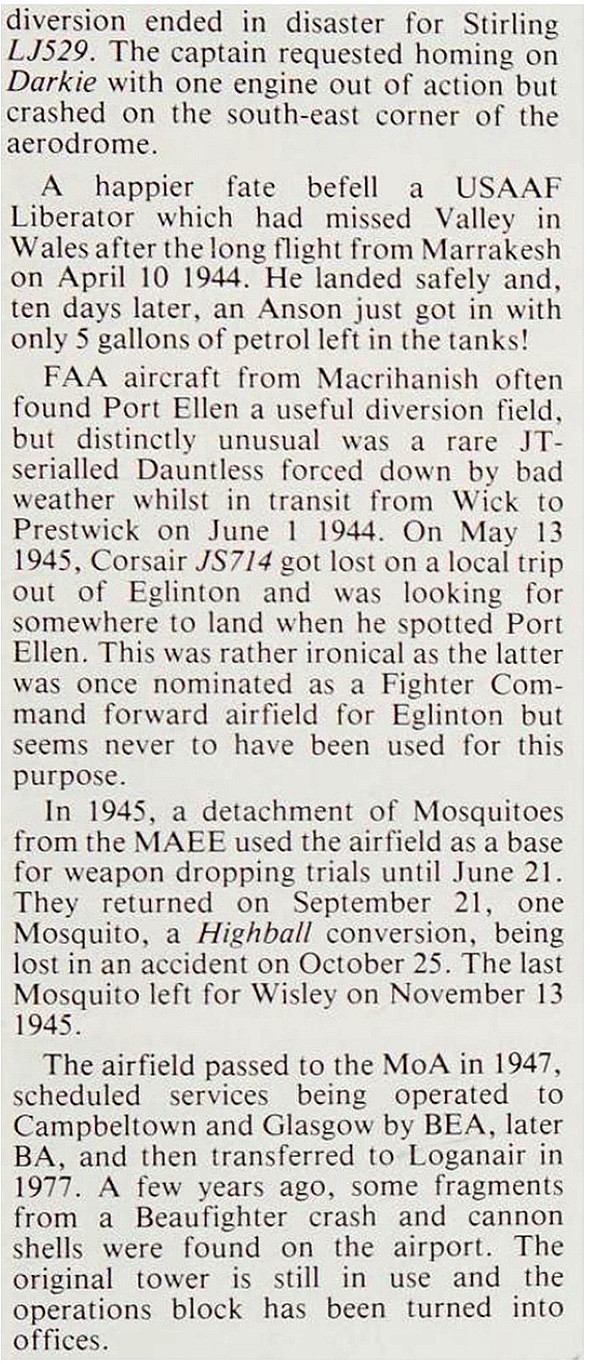Port Ellen
PORT ELLEN: Civil airfield, later military aerodrome and later still civil airfield.
Originally known as GLENEGEDALE aerodrome/airport
Civil airline users: 1930s: Northern & Scottish Airways, Scottish Airways
Military users: WW2: RAF Coastal Command 15 Group
304 FTU (Ferry Training Unit)
Note: This work by the FTU was very important during WW2 and highly specialised. Many aircraft were ferried from the USA across the North Atlantic via Canada, Greenland and Iceland and this was very dangerous work. Coastal Command is often referred to as "The Cinderella Service", but the work of the ferry crews has pretty much been ignored. I think it is very important to remember that, if these brave crews hadn't undertaken these arduous duties, we in UK would had far, far fewer aircraft with which to fight the war.
Which might well have effected the final outcome.
Location: W of A846, E of Knockangle Point, on Isle of Islay
Period of operation: Civil from mid 1930s. Military: 1940 to 1947 Later civil to -
Runways: WW2: 04/22 1609x46 hard 08/26 1249x46 hard
13/31 1490x46 hard
A MICHAEL T HOLDER GALLERY
In 2023 Mike Holder, a great friend of this 'Guide', took it upon himself to see what else might be available about this location. As you can see below, he found quite a lot and has also provided the maps.
This article was published in the Daily Record on the 25th May 1936.
The aircraft involved was the de Havilland DH.60G Moth Major III, G-ABZT, registered to the Scottish Flying Club at RENFREW from 07.10.32 until January 1937. Note how long it took for the paperwork to catch up after it written off in the crash nine months before!
Entering a stall when flying from base leg to finals is a notorious 'gotcha'. Still the case today, and invariably the cause is the pilot applying too much bank and 'G' on the stick, with low power and speed, trying to align the aircraft up with the runway. Not that there were any runways here in those days, but even so, probably clocking the windsock, intent on landing directly into wind.
This timetable is for Northern & Scottish Airways from July 1935. The local area view is from my Google Earth © derived database. The fleet list was obtained from Wikipedia.
This excerpt in three parts is from Action Stations 7. A series of great books which are, quite justifiably regarded as a 'bible' for anybody interested in the detailed history of WW2 flying sites.
The excerpt is from "A Night in the Life of Port Ellen". The area view is also from my Google Earth © derived database.
NOTES: In his book Air Ambulance Iain Hutchison refers to PORT ELLEN as being , “…the Company’s aerodrome at Port Ellen,….” Used by DH.84 Dragons and Spartan Cruisers of Scottish Airways in 1939. In those days it would have probably been barely more than a suitable field, possibly with a windsock?
Coastal Command has often been referred to as the ‘Cinderella Service' in WW2 and it does make me wonder why so many aerodromes operated by Coastal Command had completely non-standard runway lengths. This aerodrome is a good example but was there a reason? One thing that is essential to remember today is the huge but largely unsung contribution Coastal Command made to the eventual outcome of WW2. Their duties were often both monotonous and dangerous, requiring a great degree of determination and discipline.
We'd love to hear from you, so please scroll down to leave a comment!
Leave a comment ...
Copyright (c) UK Airfield Guide
